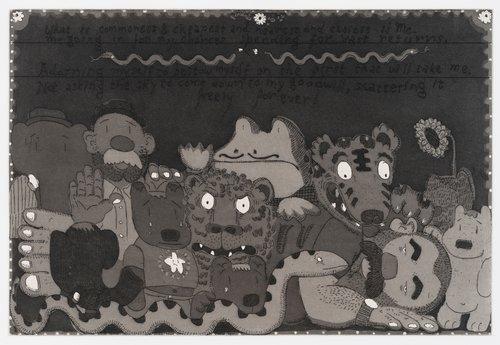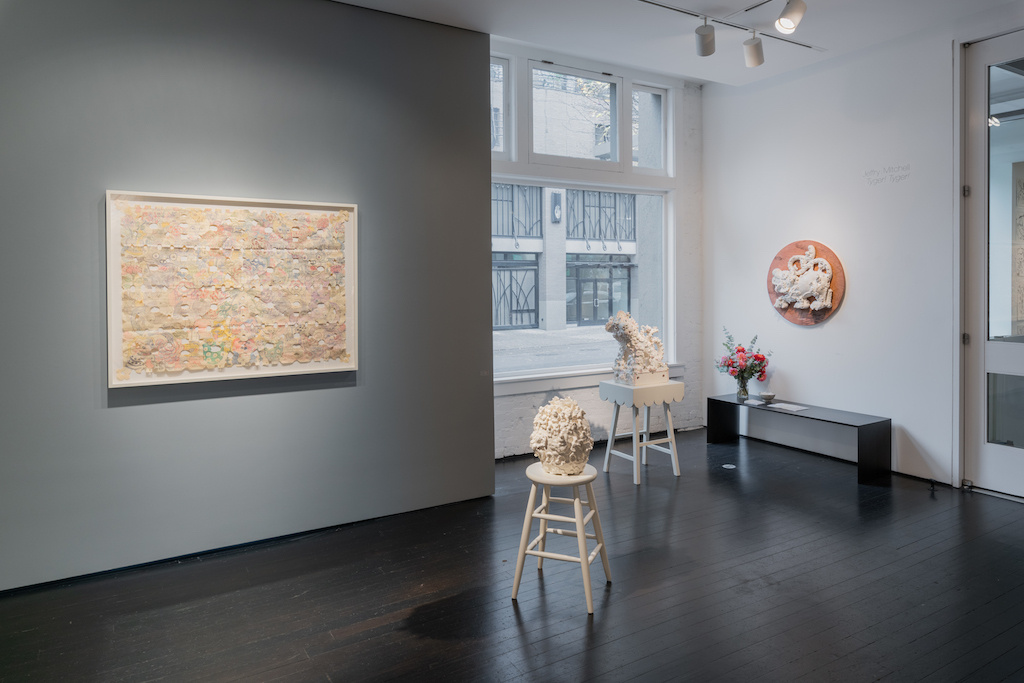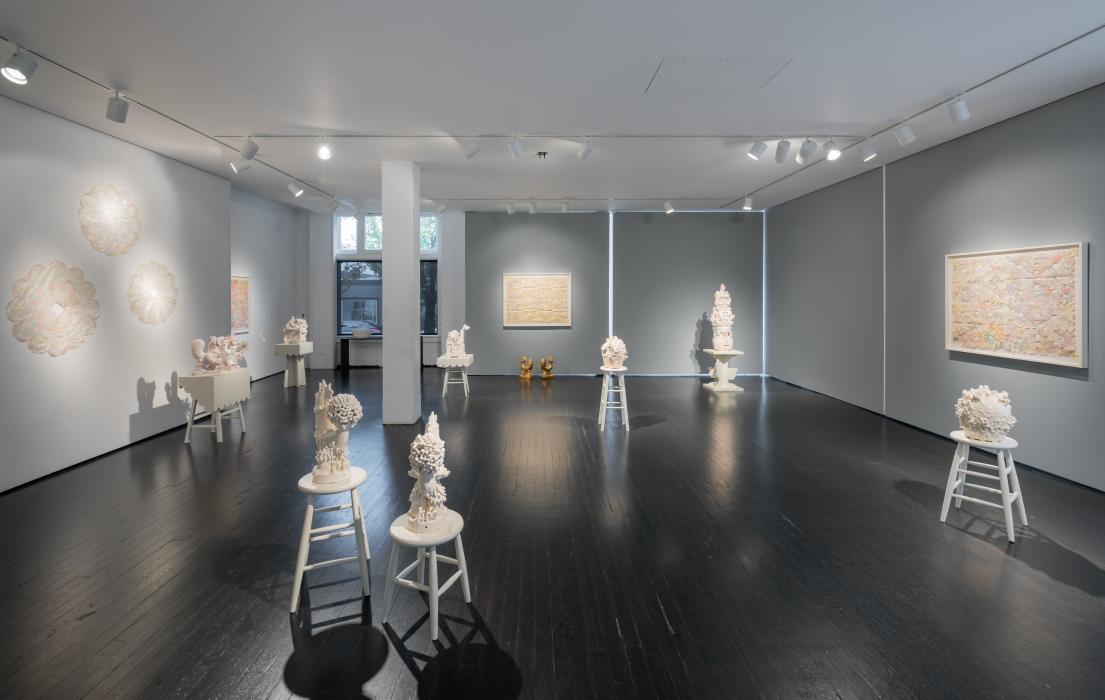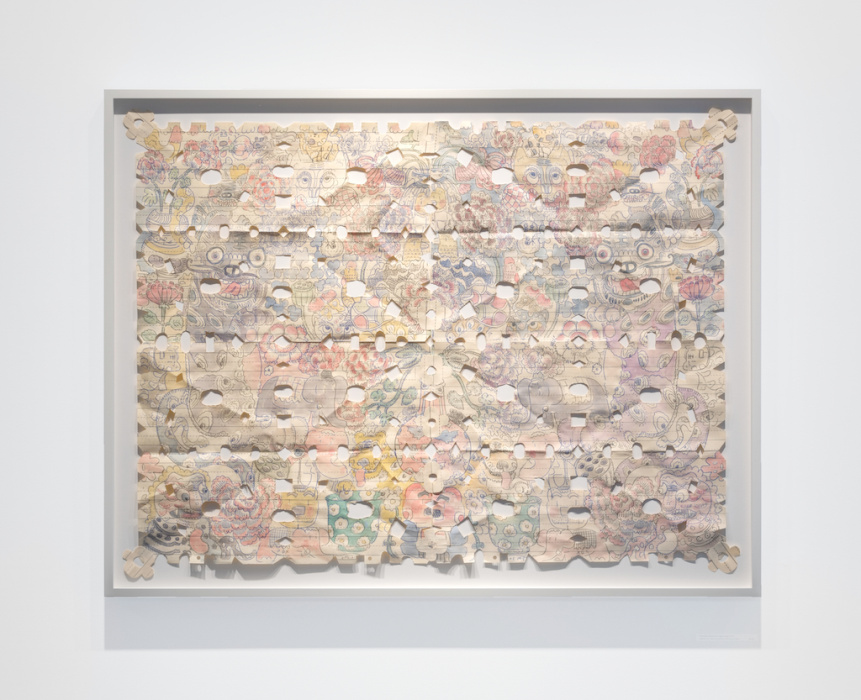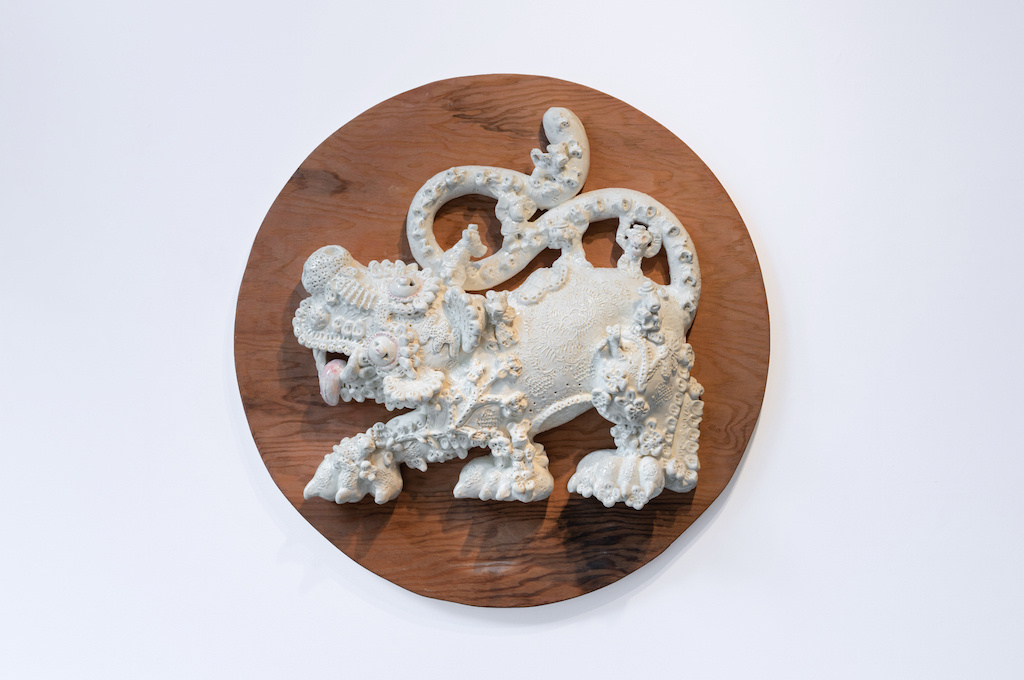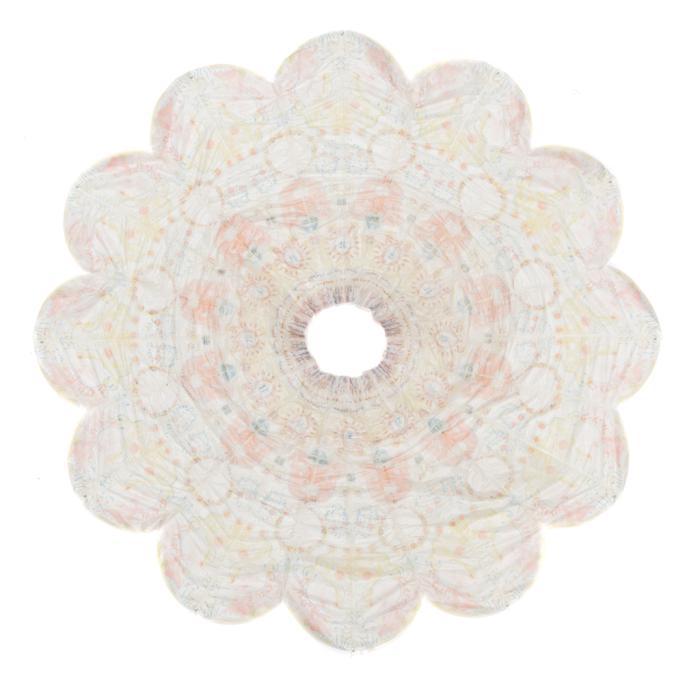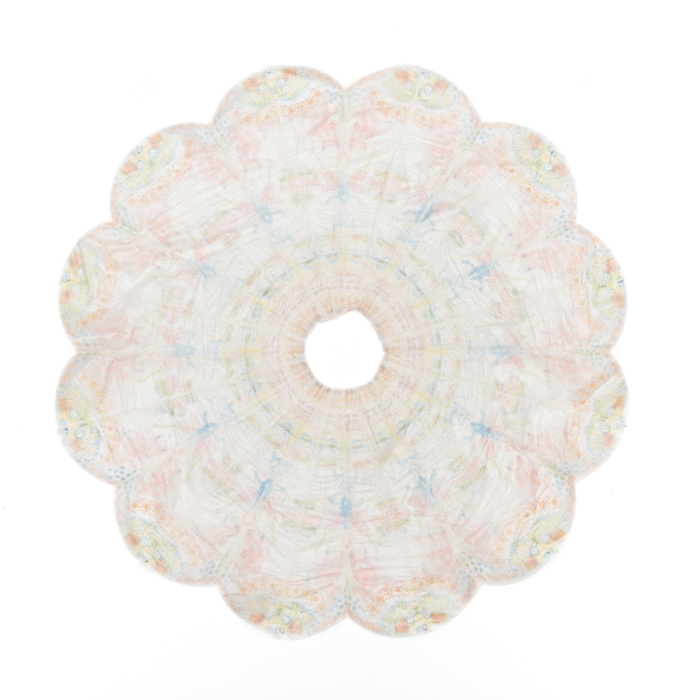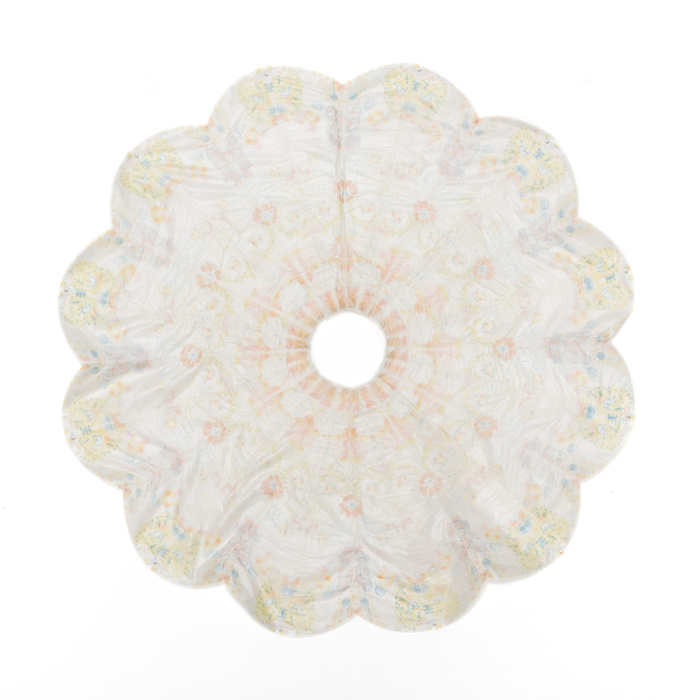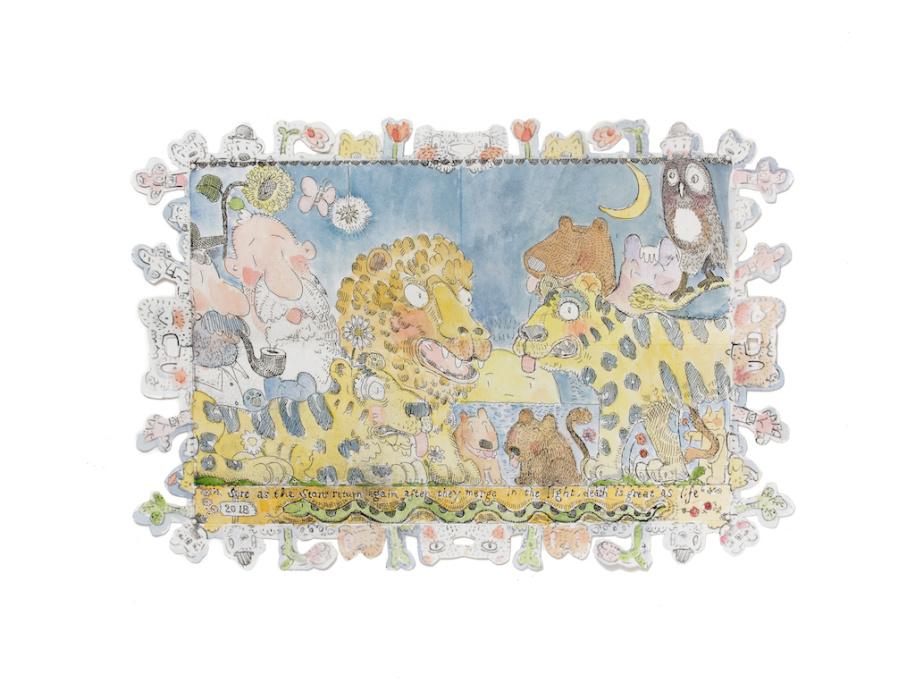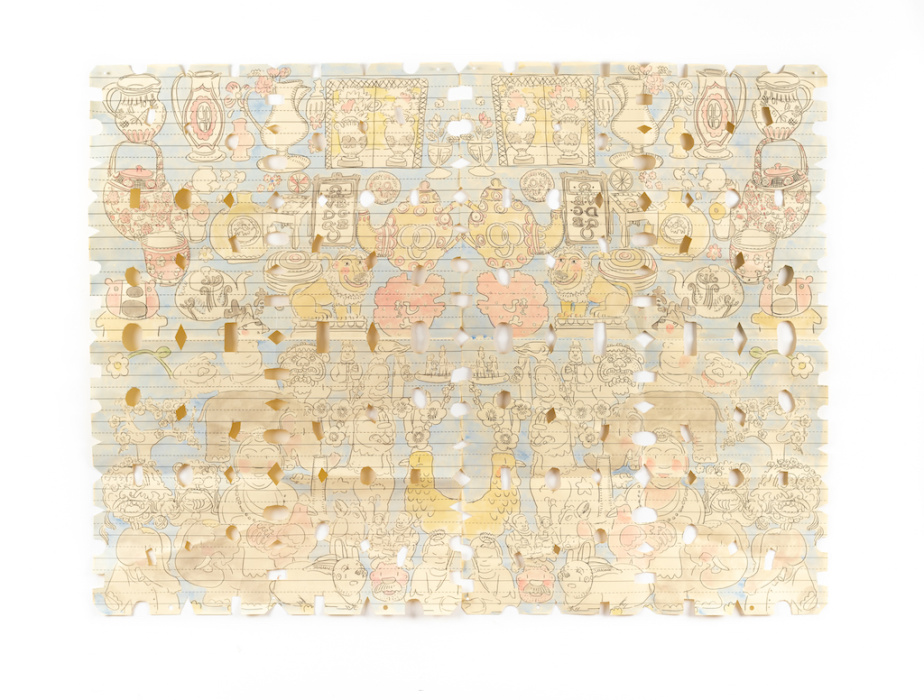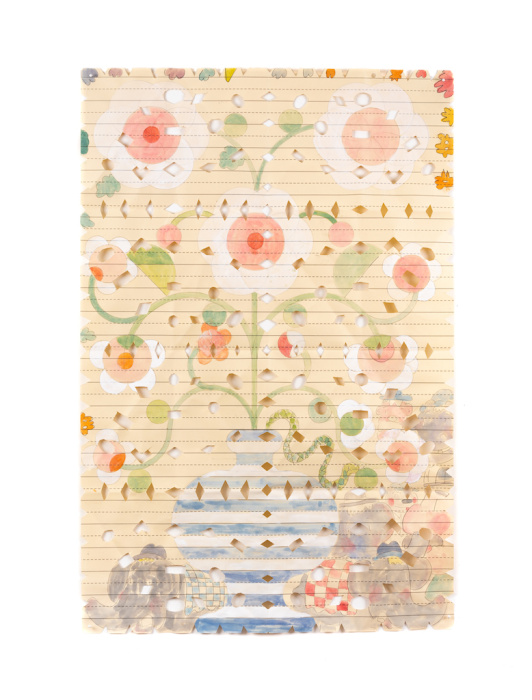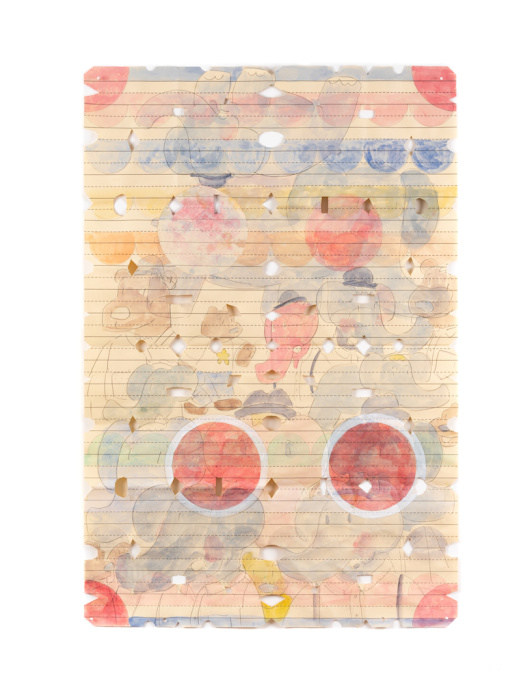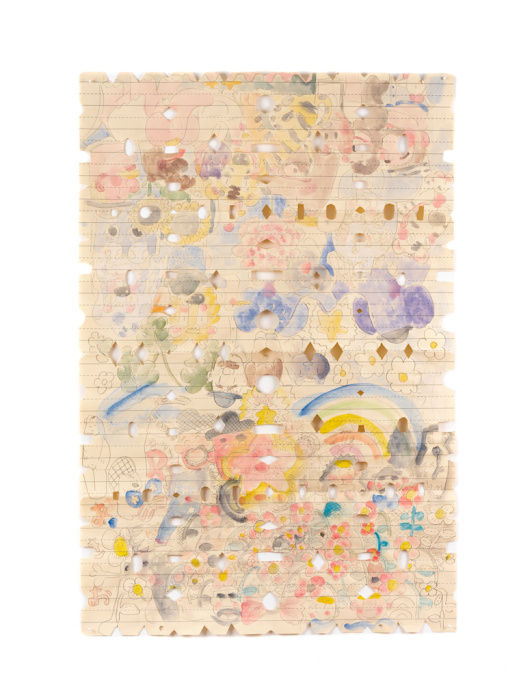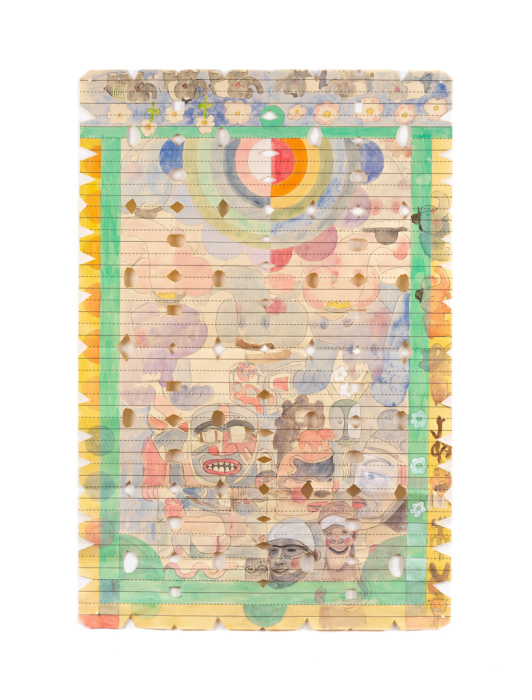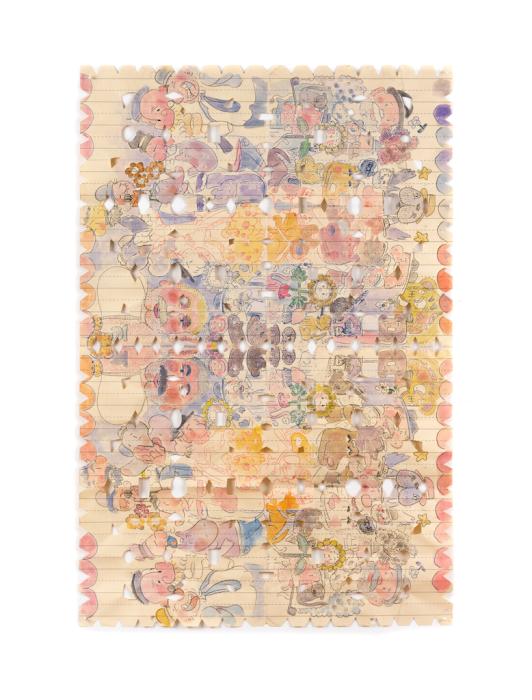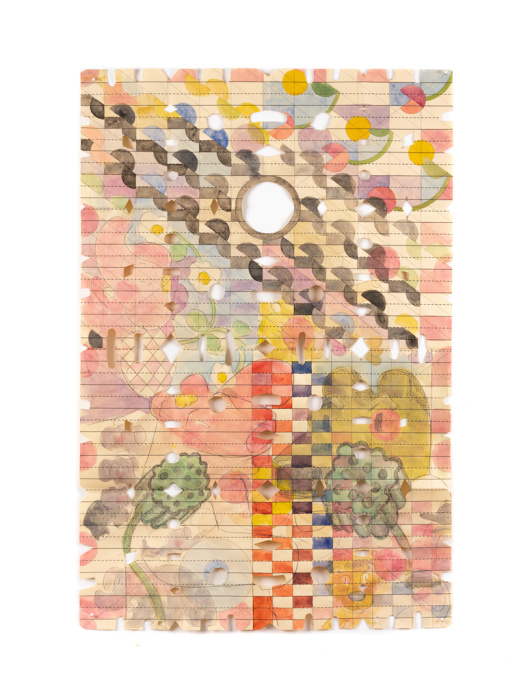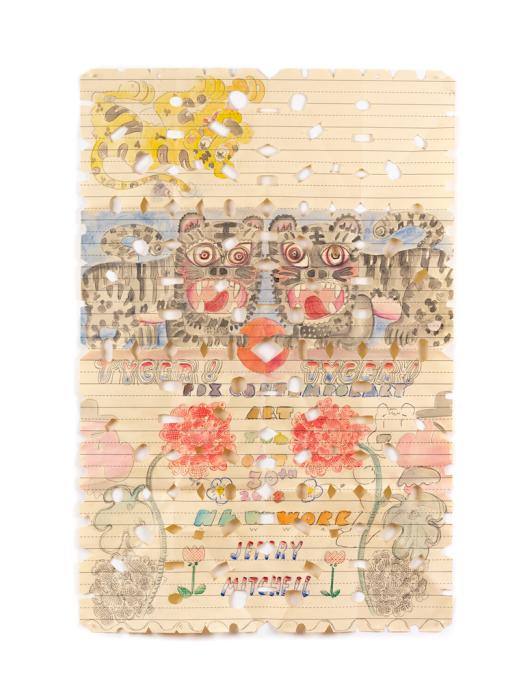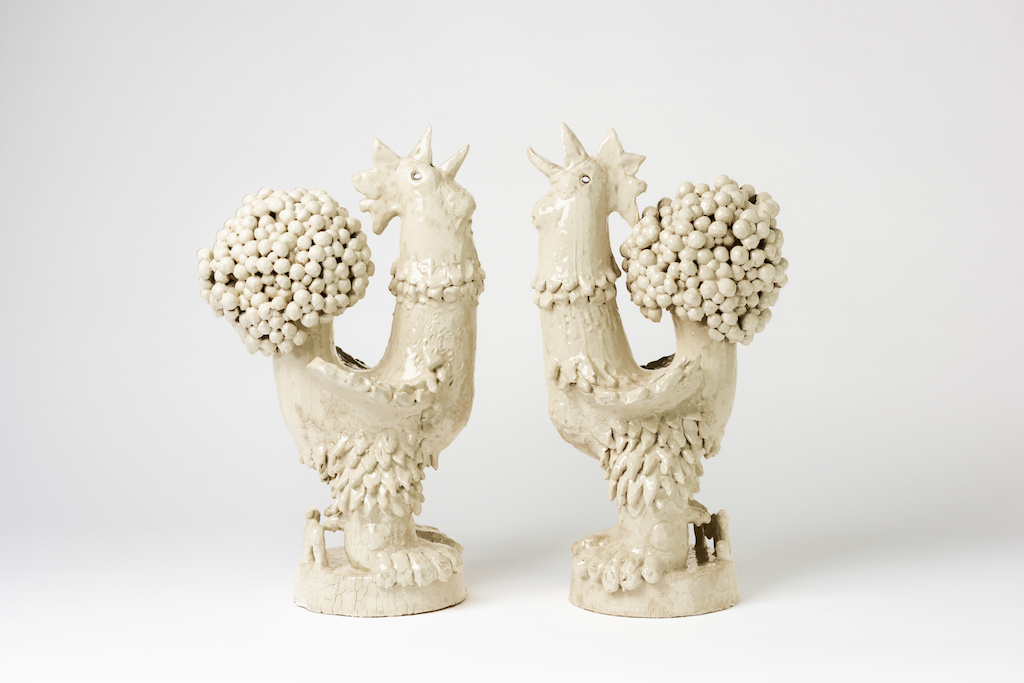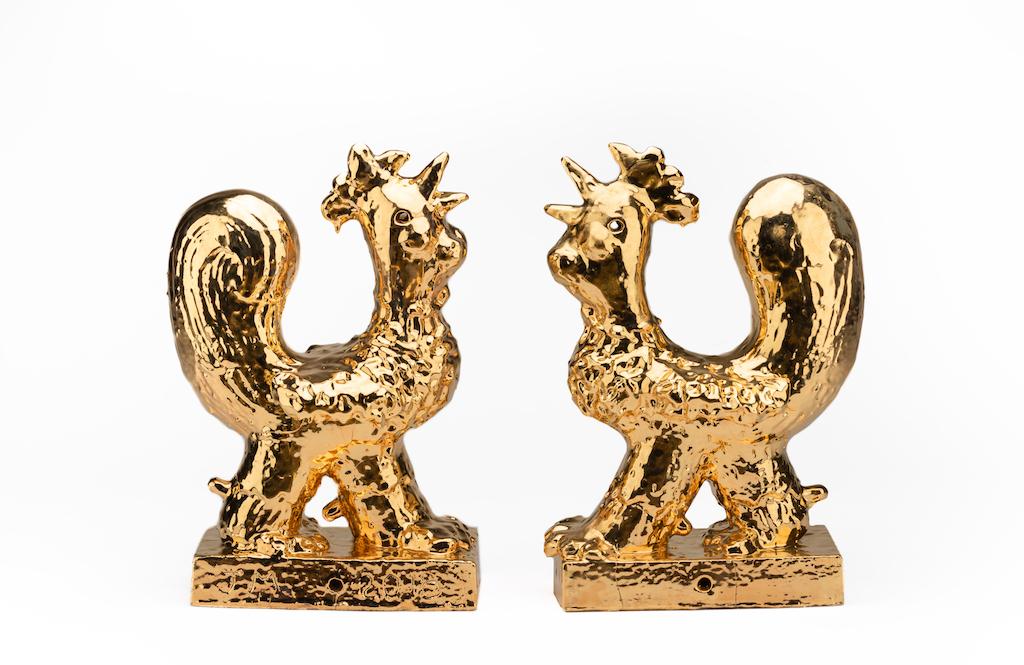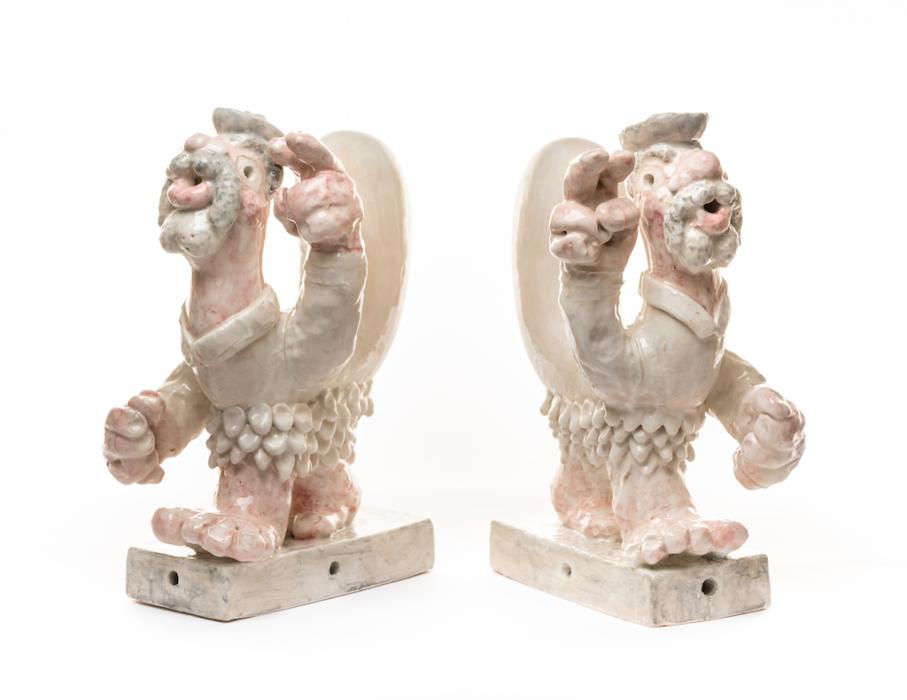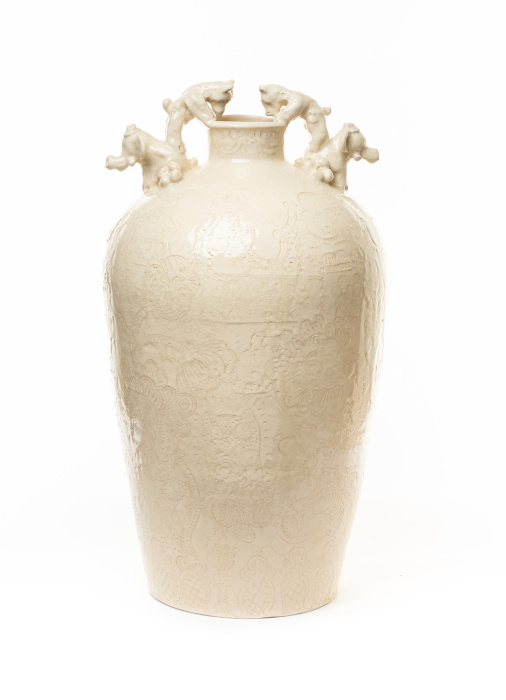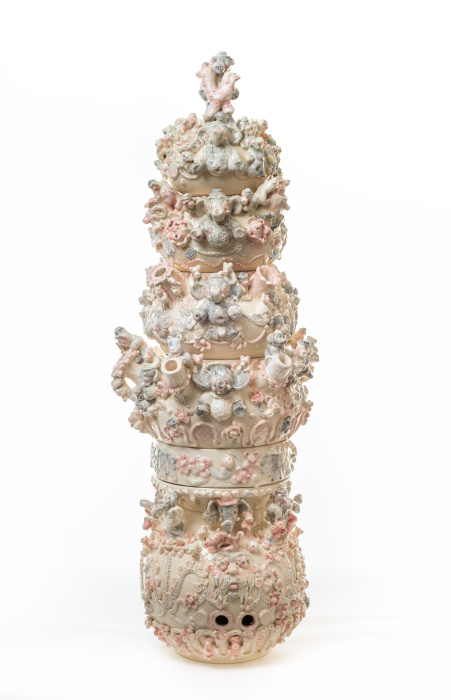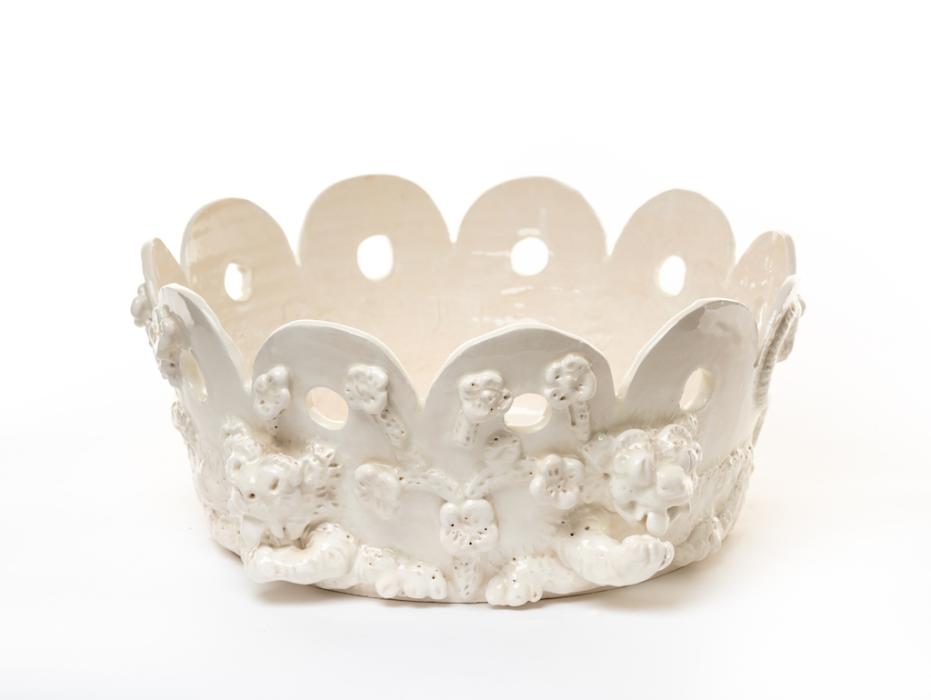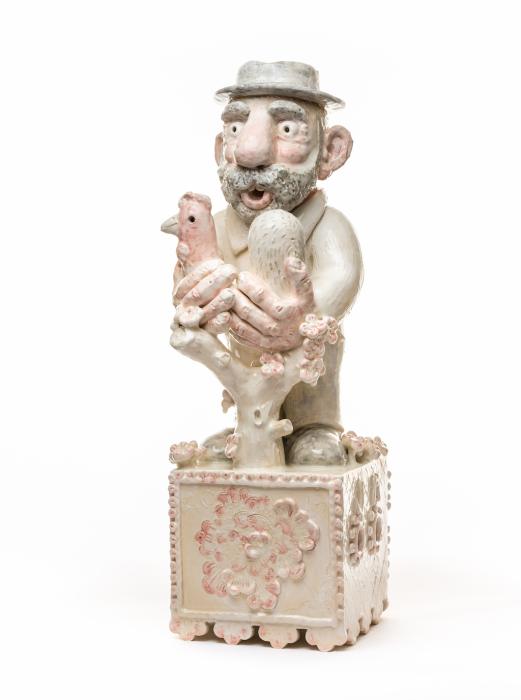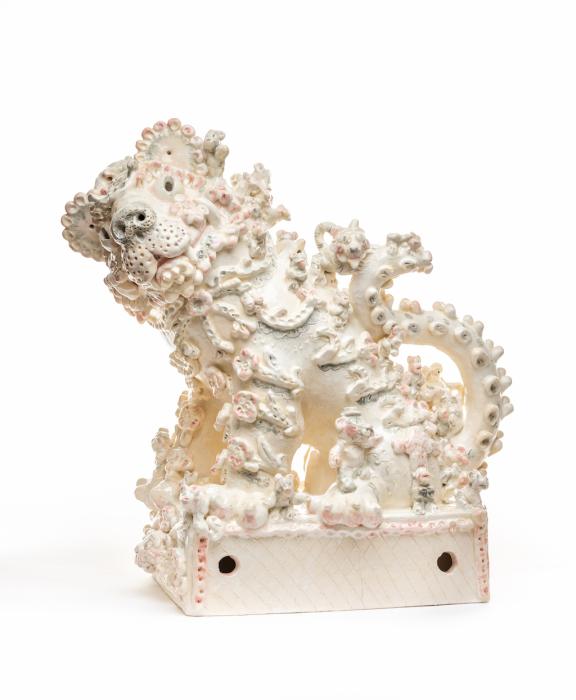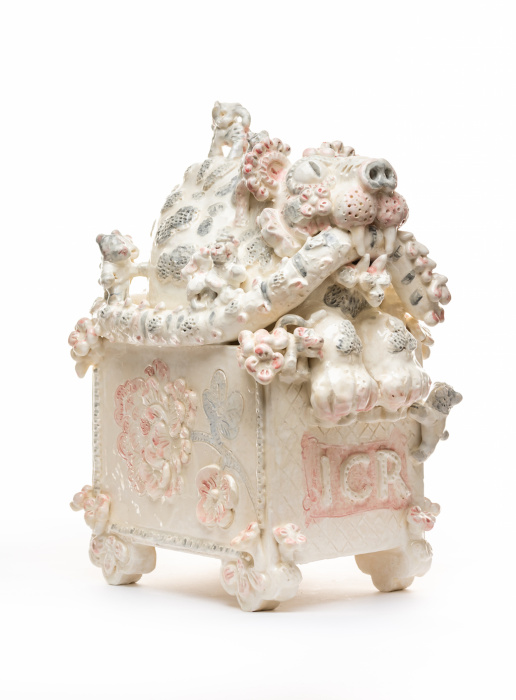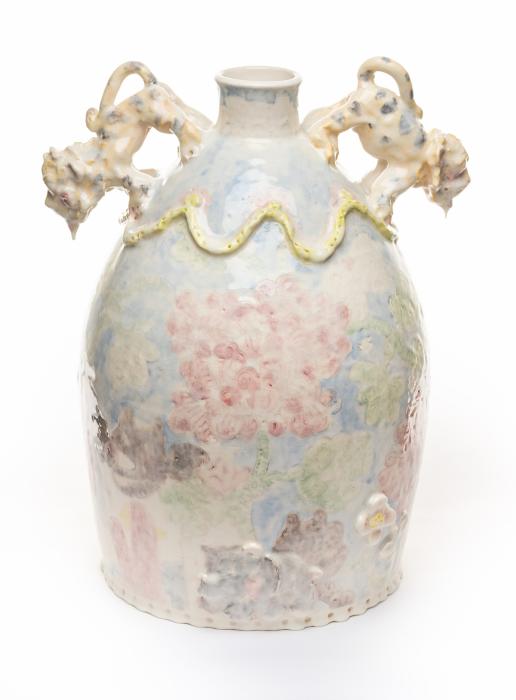Tyger! Tyger!
The fearful symmetry that visionary poet and painter William Blake ascribes to the title force in his most widely known poem “The Tyger” (1794) refers to a deferential query that pivots from possibility “What immortal hand or eye / could frame thy fearful symmetry?” to adviso or warning “What immortal hand or eye / dare frame thy fearful symmetry?” acknowledging the impossibility of summarizing, limiting, or tamping down the burning beast at the center of his uneasy ode. Bringing the artist to the precipice of the darkened forest to find a shared space across and between, it’s rather the immediacy of “thine eyes” “thy heart” and “thy fearful symmetry” that Blake calls out to in a call and response that seeks kindredness. The artist walks willingly into a space of recognition in order to think and feel across imposed boundaries, daring to address, to emit and resonate across species rather than simply frame or distance the ecstatic beast there in the dark.
It is such intense proximities that magnetize, inspire, and buoy artist Jeffry Mitchell’s tragicomic universe, imbuing his current exhibition with an exuberant pathos that is emblematic of his larger practice as a sculptor and installation artist. From cut drawings, prints, and assemblage, to the centrality of ceramic sculpture within his work, Mitchell’s exhibition-making continues to explore a visual language wherein the big animals within his retinue—cartoonish elephants, bears, tigers, and eroticized men—exist alongside bunnies, roosters, and flora that teem together in both paradox and earnest dialog to explore the big themes of love, loss, shame, desire and vitality. Mitchell opens his landscape to scenes that leave the viewer prone to acknowledging erotic submission and self-questioning alike. The circling ascent and descent of levels and perforations adorning the newest ceramic vessels disorients as their restive motion strikes multiple emotive registers, by turns falling into delirium and rising into confrontation and embrace.
Dissolving well-behaved taxonomies and hierarchies in favor of connection and cross-pollination, Mitchell embraces his embellishment of symbolic motifs as a kind of folkloric lingua franca that readily transposes both fear and erotic energy to produce a canny beauty and ethos of shared becoming. Prodding his most recent bottle and vessel ceramic forms, for example, to epic density in their garlanded, bulbous, and brocaded patterns, Mitchell is in full control of a fervent yet masterful repetition as the bodily excesses of his newest assemblies are offset with a limited palette of soft yet wet grey, pink, and blue glazes that wrestle with the cacophony of forms. Motifs mingle in Mitchell’s choreography as cats become tigers, bears become men, and vice versa, with transformation and shape-shifting belying his readiness to mix symbolisms, to work from cultural largesse rather than paucity, not to escape but to encounter and confront. As with the visual echo of 17th century Korean minwha folk paintings of tigers present in Mitchell’s newest cut paper drawings, it’s the expressive presence of their faces that Mitchell covets and relates into his style. No longer distanced and regal atop the mountain, the tiger is allowed a gamut of expressions and Mitchell takes full advantage, having the tiger exist between the Christian agape of mouth-open wonder and a more bemused bafflement informed by songs of experience.
Deftly mixing popular culture references and folk stylings with savvy art historical citation and modernist maneuvers, Mitchell reminds as readily of Nicole Eisenman and Rosemarie Trockel as Blake or Philip Guston. Mining what is too often seen as the quarrelsome and disjunctive space between fine art, folk caricature, and a resolute commitment to craftsmanship, Mitchell has recuperated this at-odds-space as a productive, generous one for decades. Indeed, there is a sense of resilient joy in Mitchell’s work that is moving in its knowingness mixed with humility. A readiness to pay attention to what comes close and exudes alike, to seek out forms of attention regardless of culture or era populates all of Mitchell’s insatiably curious work. Nodding to Blake’s openness and inventiveness, mediums and motifs mingle in Tyger! Tyger! as we are in the forest of conceptual meets craft, folk meets baroque, and decorative meets minimal. Art meeting art meeting art as Mitchell finds it, burning bright.
-Fionn Meade, Independent Curator
